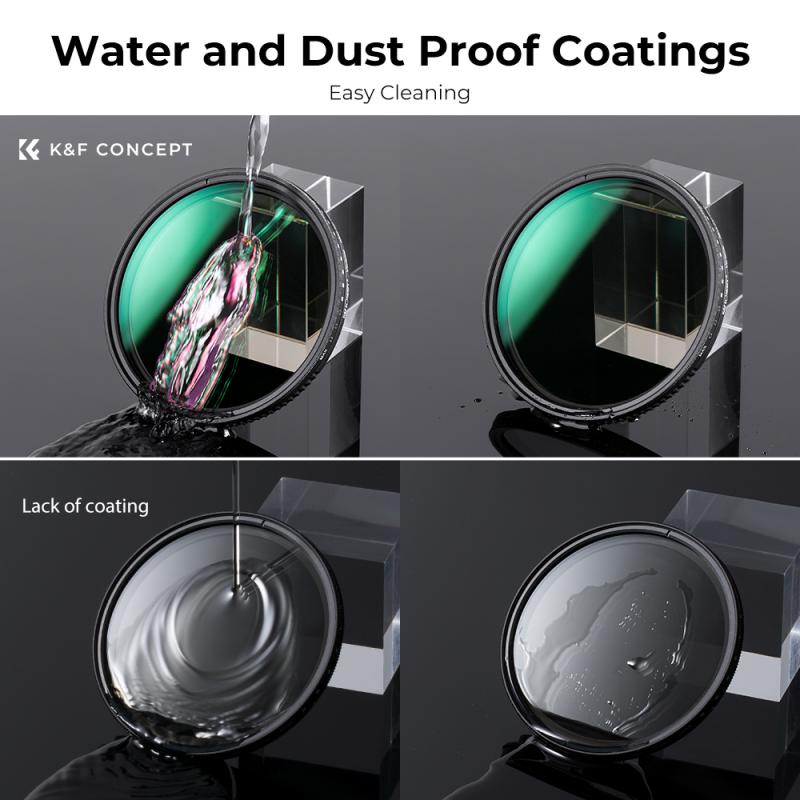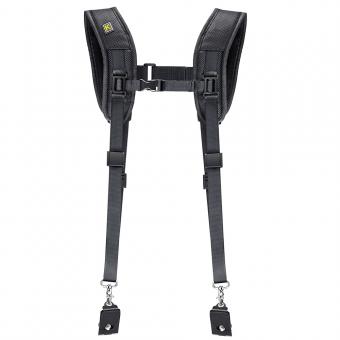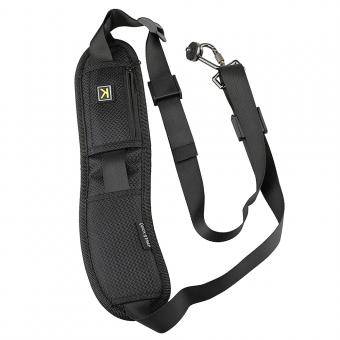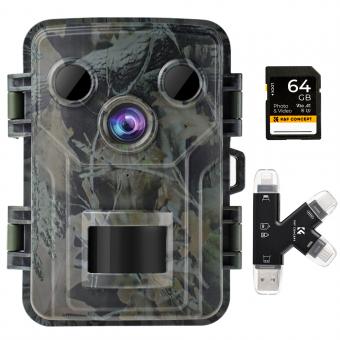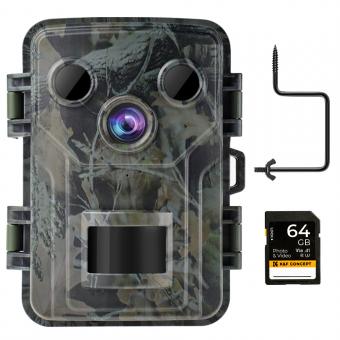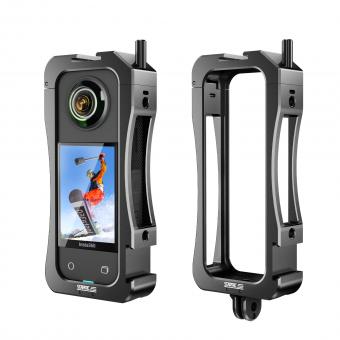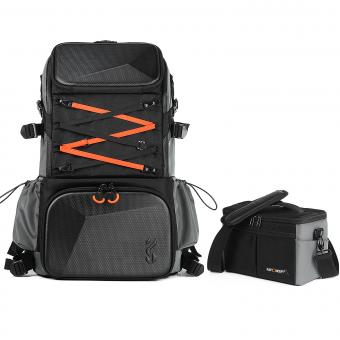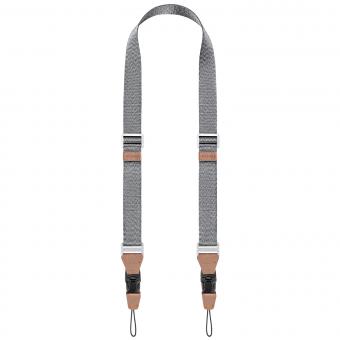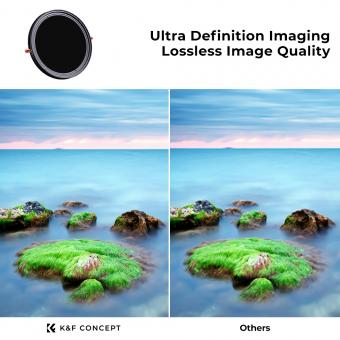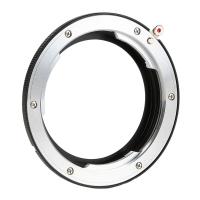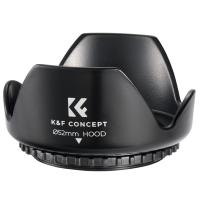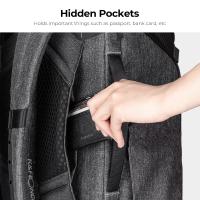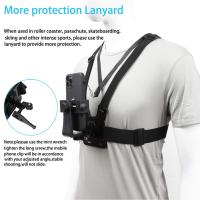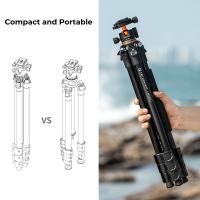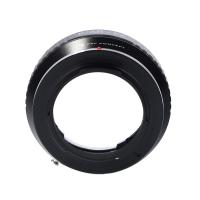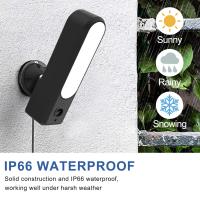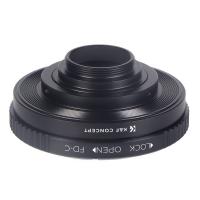How To Install Nikon Camera Strap ?
To install a Nikon camera strap, locate the two metal strap lugs on either side of the camera body. Slide the strap through the lugs, ensuring that the strap is not twisted. Once the strap is threaded through the lugs, adjust the length of the strap to your desired preference. Finally, secure the strap by tightening the plastic buckles or clips on each end of the strap.
1、 Unboxing and preparing the camera strap for installation
Unboxing and preparing the camera strap for installation is a simple process that ensures your Nikon camera is ready for use. Here's a step-by-step guide on how to install a Nikon camera strap:
1. Unbox the camera strap: Start by opening the packaging and taking out the camera strap. Ensure that all the necessary components are included, such as the strap itself and any additional attachments or connectors.
2. Identify the strap connectors: Nikon camera straps typically come with two connectors that attach to the camera body. These connectors are usually made of metal and have a loop or hook shape.
3. Locate the strap attachment points on the camera: Look for the small metal loops or eyelets on either side of the camera body. These attachment points are specifically designed to connect the camera strap.
4. Attach the connectors to the camera: Take one end of the camera strap and thread it through one of the attachment points. Then, loop the strap through the connector's hook or loop and pull it tight. Repeat the process for the other end of the strap and the remaining attachment point.
5. Adjust the strap length: Once the connectors are securely attached, you can adjust the length of the camera strap to your preference. Most Nikon camera straps have adjustable buckles or sliders that allow you to customize the strap length for comfort and convenience.
6. Double-check the installation: Before using your camera, double-check that the connectors are securely attached to the camera body and that the strap is properly adjusted. Give the strap a gentle tug to ensure it is securely fastened.
It's worth noting that the specific installation process may vary slightly depending on the model of your Nikon camera and the type of camera strap you have. Therefore, it's always a good idea to consult the instruction manual that comes with your camera or refer to Nikon's official website for any specific guidelines or recommendations.
In conclusion, unboxing and preparing the camera strap for installation is a straightforward process. By following these steps, you can ensure that your Nikon camera strap is securely attached and ready for use, allowing you to comfortably carry and handle your camera while capturing those memorable moments.

2、 Attaching the camera strap to the camera body securely
To install a Nikon camera strap, follow these steps to securely attach it to the camera body:
1. Locate the camera strap lugs: Look for two metal lugs on either side of the camera body. These lugs are specifically designed to hold the camera strap.
2. Thread the strap through the lugs: Take one end of the camera strap and thread it through the lug on the left side of the camera body. Ensure that the strap is not twisted and that the logo or branding is facing outward. Repeat the same process for the right side of the camera body.
3. Adjust the strap length: Before securing the strap, adjust its length according to your preference. Nikon camera straps usually have adjustable buckles or sliders that allow you to customize the length for a comfortable fit.
4. Secure the strap: Once you have adjusted the strap length, make sure it is securely attached to the lugs. Give it a gentle tug to ensure it is properly fastened and won't accidentally detach while in use.
5. Test the strap: After attaching the strap, hold the camera body and gently lift it to check if the strap is securely attached. Shake the camera slightly to ensure it doesn't come loose. It's always a good idea to double-check the strap's attachment before using the camera.
It's important to note that different Nikon camera models may have slight variations in the design of the lugs or attachment points. Therefore, it's recommended to refer to the camera's user manual for specific instructions tailored to your camera model.
In recent years, Nikon has introduced various types of camera straps to cater to different user preferences. These include traditional neck straps, sling straps, and wrist straps. When installing any Nikon camera strap, it's essential to ensure a secure attachment to prevent accidental drops or damage to the camera.
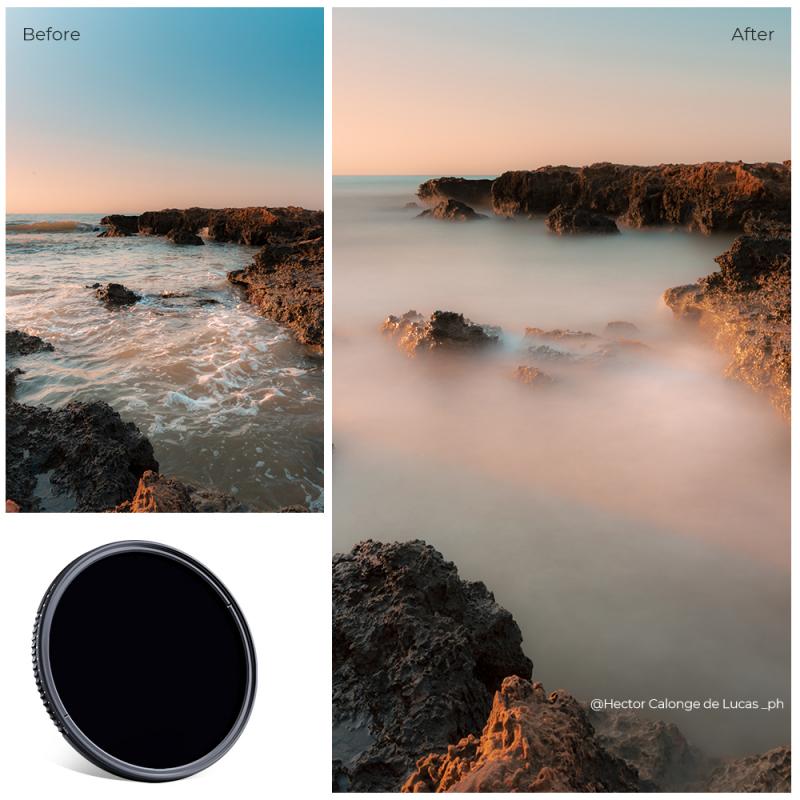
3、 Adjusting the length and position of the camera strap
To install a Nikon camera strap, follow these steps:
1. Locate the strap lugs on your camera body. These are usually located on either side of the camera, near the top. They are small metal loops where the strap will attach.
2. Take one end of the camera strap and thread it through one of the strap lugs. Make sure the strap is facing the right way, with the padded side against your neck.
3. Pull the strap through the lug until there is an equal amount of strap on either side of the camera.
4. Repeat the process with the other end of the strap, threading it through the other strap lug.
5. Once both ends of the strap are threaded through the lugs, adjust the length of the strap to your preference. You can do this by sliding the plastic adjuster up or down the strap.
6. Once you have adjusted the length, make sure the strap is securely attached to the lugs. Give it a gentle tug to ensure it is properly fastened.
Adjusting the length and position of the camera strap is important for comfort and ease of use. The strap should be adjusted so that the camera hangs at a comfortable height and is easily accessible for shooting. It is also important to ensure that the strap is securely attached to the camera to prevent any accidents or damage.
In recent years, camera strap designs have evolved to offer more ergonomic and customizable options. Some straps now feature quick-release mechanisms, allowing for easy attachment and detachment. Additionally, there are straps available with padding and adjustable features that provide added comfort during long shooting sessions.
Remember to always refer to your camera's instruction manual for specific instructions on attaching the strap, as different camera models may have slight variations in the attachment process.
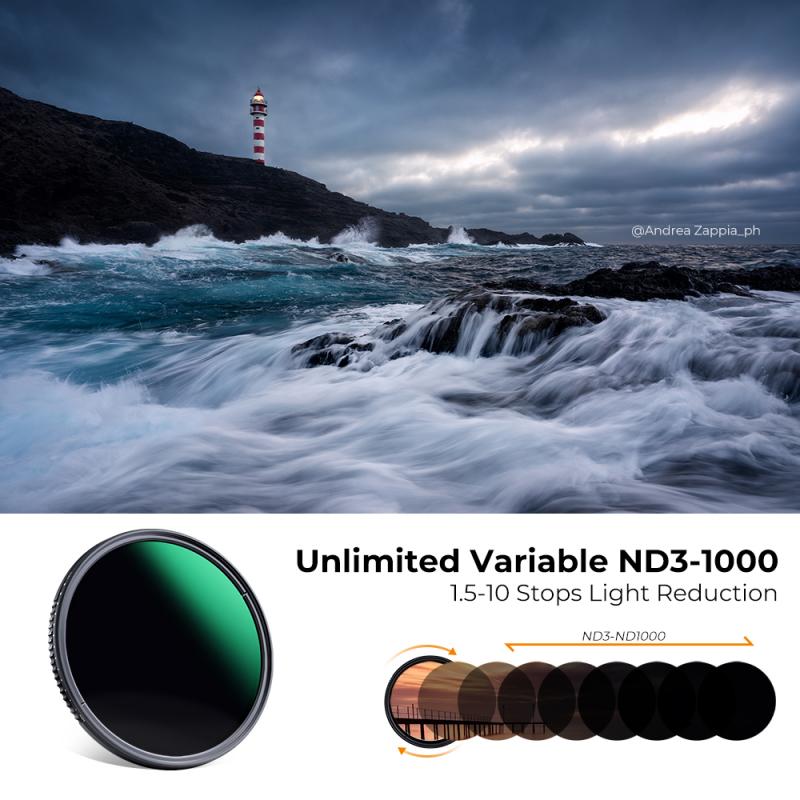
4、 Ensuring proper weight distribution and comfort while wearing the strap
To install a Nikon camera strap, follow these steps:
1. Locate the strap lugs on your Nikon camera. These are usually located on either side of the camera body, near the top.
2. Take one end of the camera strap and thread it through the lug on one side of the camera. Make sure the strap is facing the right way, with the logo or branding facing outward.
3. Pull the strap through the lug until there is an equal amount of strap on either side of the camera.
4. Repeat the process with the other end of the strap, threading it through the lug on the opposite side of the camera.
5. Once both ends of the strap are threaded through the lugs, adjust the length of the strap to your desired preference. You can do this by sliding the strap through the lugs or using any adjustment mechanisms provided by the strap.
6. Ensure that the strap is securely attached to the camera by giving it a gentle tug. It should be tight enough to hold the camera securely, but not so tight that it restricts movement or causes discomfort.
Ensuring proper weight distribution and comfort while wearing the strap is crucial. A camera strap that is too loose can cause the camera to swing around and potentially hit objects, while a strap that is too tight can cause discomfort and strain on your neck or shoulder.
To achieve proper weight distribution, position the strap diagonally across your body, from one shoulder to the opposite hip. This helps distribute the weight of the camera more evenly and reduces strain on a single point.
Additionally, consider using a padded camera strap or adding padding to your existing strap. This can provide extra comfort, especially if you plan on carrying your camera for extended periods.
Lastly, regularly check the strap and its attachments for any signs of wear or damage. Replace the strap if it becomes frayed or weakened, as a secure and reliable strap is essential for the safety of your camera.
